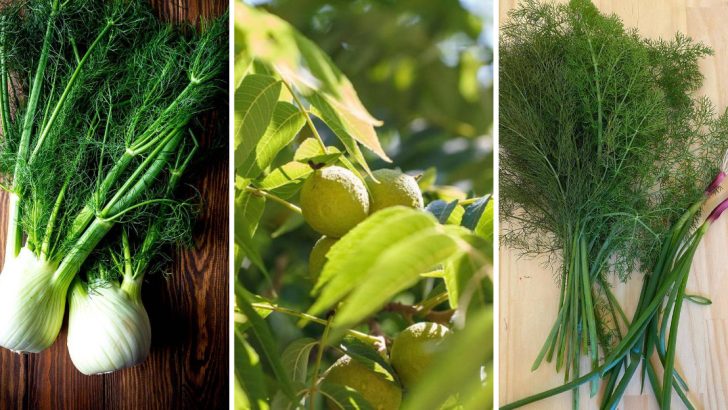Growing tomatoes can be one of the most satisfying parts of gardening. They’re versatile, full of flavor, and often the centerpiece of a summer vegetable patch. But as much as tomatoes thrive in the right conditions, they can be surprisingly picky about their neighbors. Some plants can hinder their growth, attract pests, or compete for essential nutrients.
Understanding which plants don’t get along with tomatoes isn’t just about avoiding trouble—it’s about setting your garden up for success. From root competition to pest problems, we’ll unpack why these seven plants might cause more harm than good when placed too close to your tomatoes.
Fennel
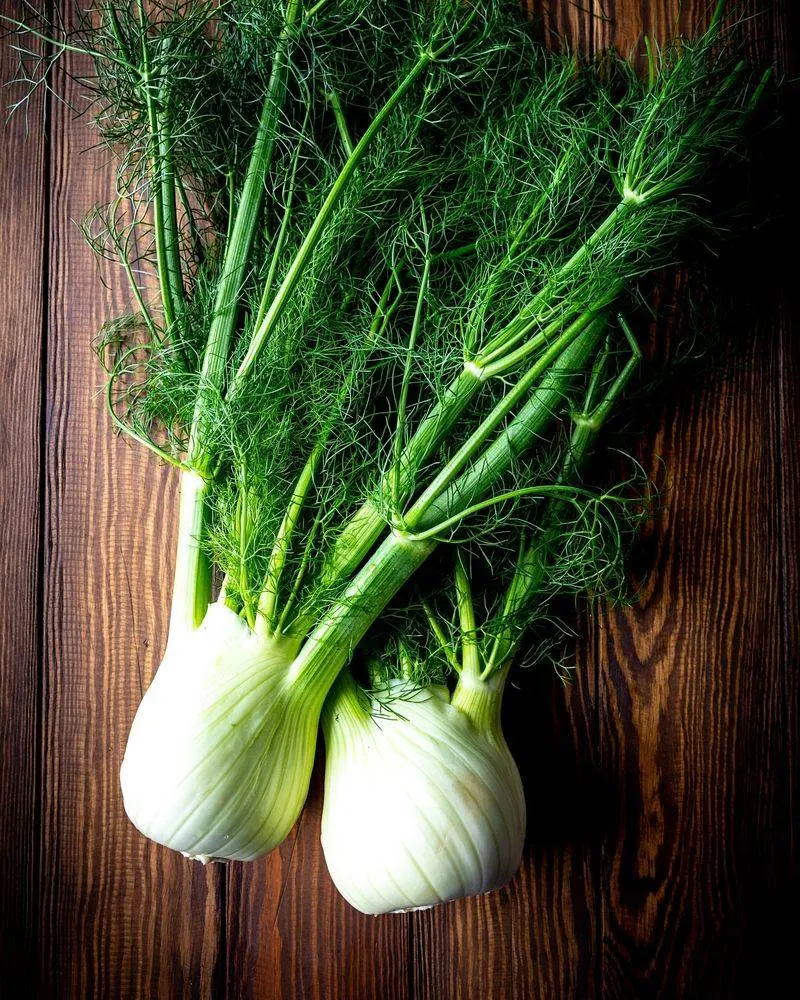
Fennel is notorious for inhibiting the growth of many garden plants, including tomatoes. Its allelopathic properties release chemicals into the soil, which can stunt the growth of surrounding plants.
This makes it a poor companion for tomatoes, which thrive on rich, nutrient-dense soil. Fennel’s aggressive growth pattern can overshadow tomato plants, depriving them of sunlight and essential nutrients.
While fennel can be a delightful addition to your herb garden, it’s best kept at a distance from tomatoes. Consider planting it in a separate garden bed to avoid any adverse effects.
Potatoes
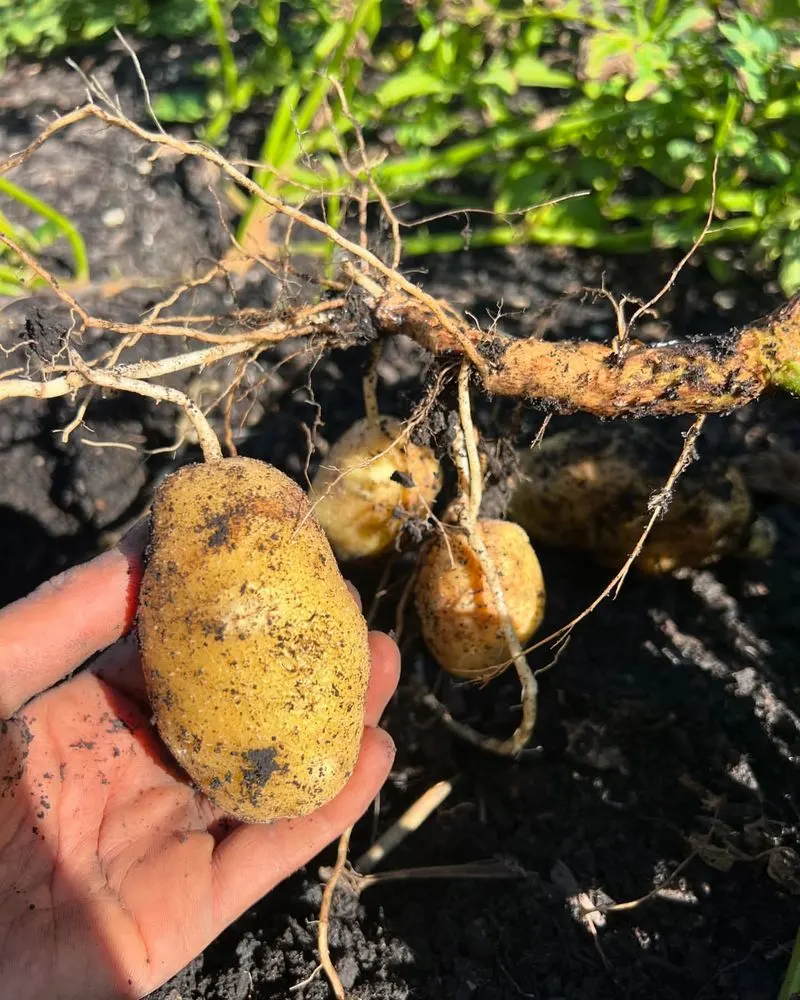
Potatoes and tomatoes belong to the nightshade family, which might seem like they would grow well together. However, they are susceptible to the same diseases and pests.
Planting them together can increase the risk of blight and other fungal infections spreading rapidly through your garden. Additionally, both plants are heavy feeders, competing for nutrients in the soil.
To ensure healthy tomato plants, avoid planting them in consecutive years in the same location as potatoes. Rotate your crops and keep these two apart for the best results.
Corn
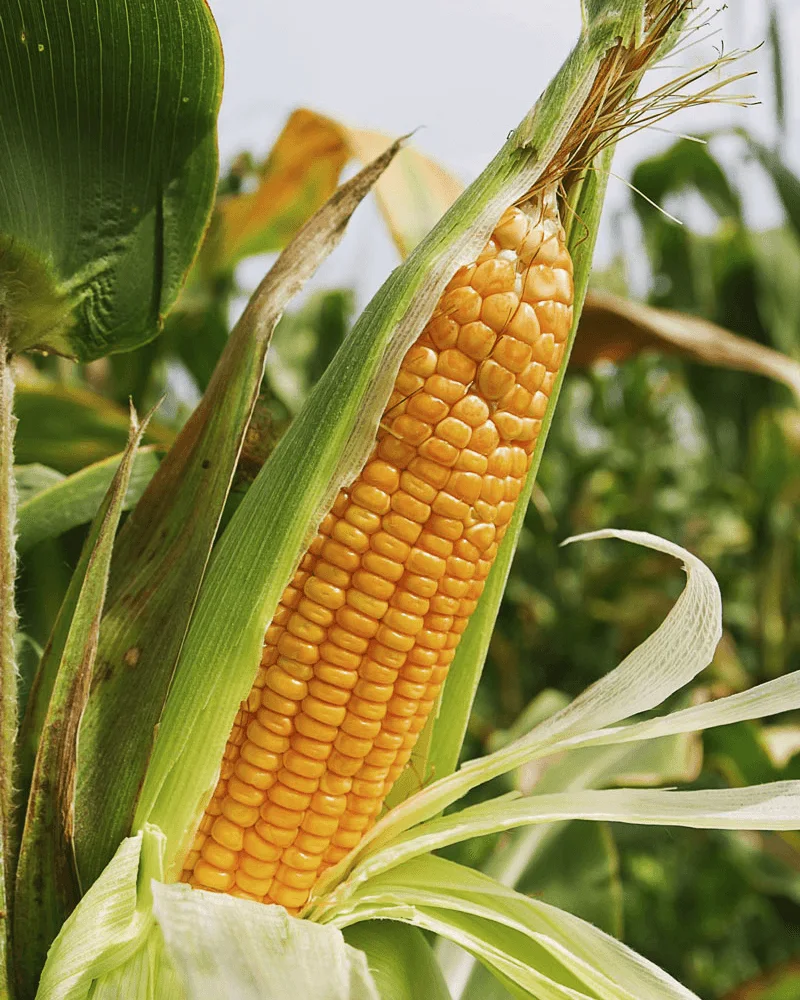
Corn and tomatoes are both heavy feeders, meaning they require a lot of nutrients from the soil. Planting them together can lead to a nutrient deficit, affecting both plants’ growth and productivity.
Moreover, corn can attract corn earworms, which also pose a threat to tomatoes. This pest issue makes them incompatible companions in a garden setting.
For optimal growth, keep corn and tomato plants separate. This separation helps manage pests and ensures each plant gets the nutrients it needs to thrive.
Brassicas (Cabbage Family)
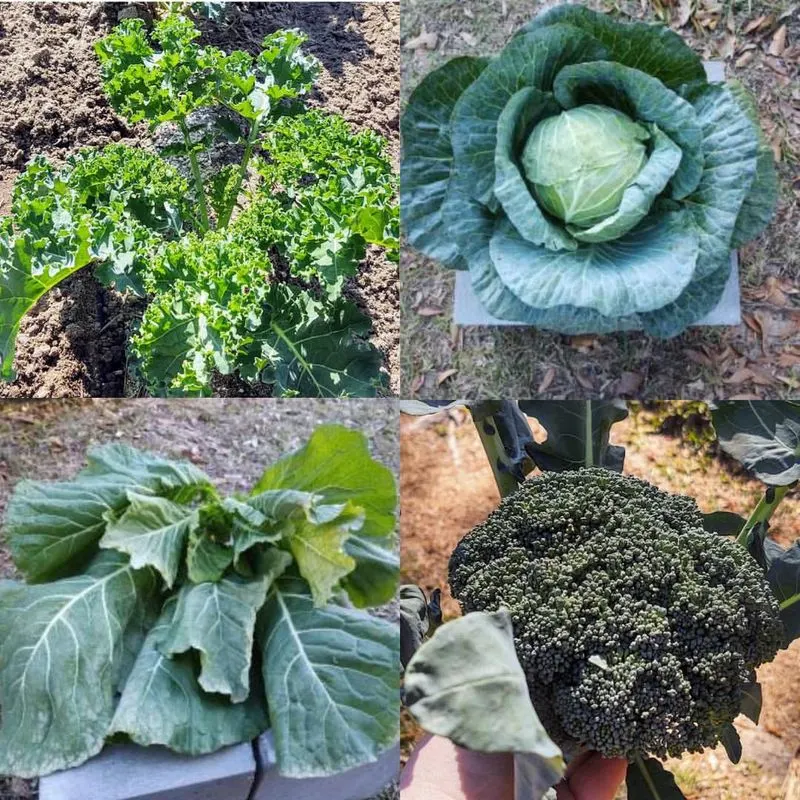
Brassicas, including cabbage, broccoli, and cauliflower, are known to compete for nutrients and space with tomato plants. Their root systems can interfere with tomatoes, leading to stunted growth.
Additionally, they attract pests like cabbage moths, which can also affect tomatoes if planted nearby. This combination creates an unfriendly environment for healthy tomato growth.
To prevent these issues, plant brassicas away from your tomato beds. Providing each plant type with ample space and nutrients will promote better growth for your entire garden.
Walnut Trees
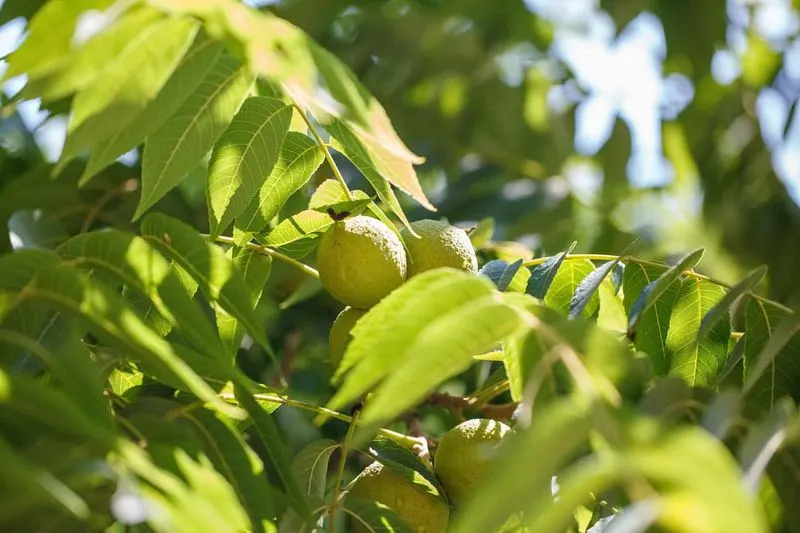
Walnut trees produce a substance called juglone, which is toxic to many plants, including tomatoes. This chemical inhibits plant growth and can even lead to the death of sensitive plants.
The roots, leaves, and nut hulls of walnut trees release juglone, making the surrounding soil inhospitable for tomatoes. Even a nearby walnut tree can impact tomato plants adversely.
To protect your tomatoes, plant them far away from any walnut trees. Consider raised beds or containers if space is limited to ensure your tomatoes flourish.
Dill
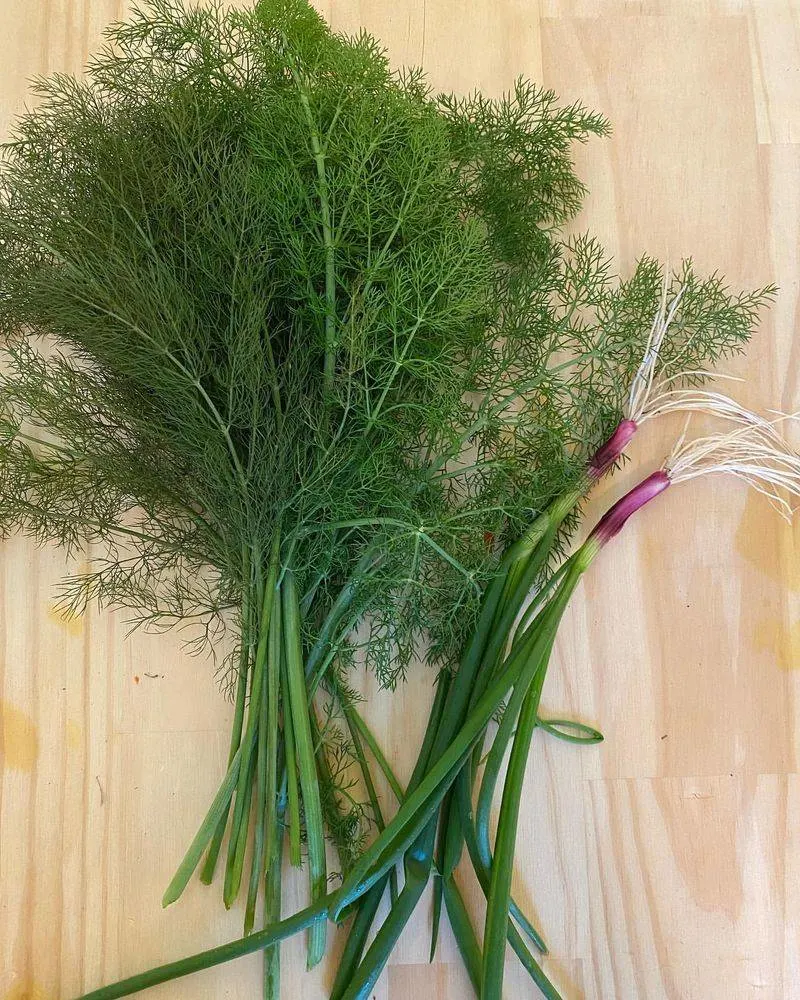
Dill, particularly when it matures, can have a negative impact on tomato plants. Young dill is often considered a decent companion, but as it grows, it can inhibit tomato growth.
The two plants compete for resources, and dill’s allelopathic properties may interfere with tomato development. The mature plant can overshadow tomatoes, limiting access to sunlight.
To avoid these issues, either remove dill before it fully matures or plant it at a significant distance from your tomatoes. This ensures both plants can thrive without impacting each other.
Eggplants
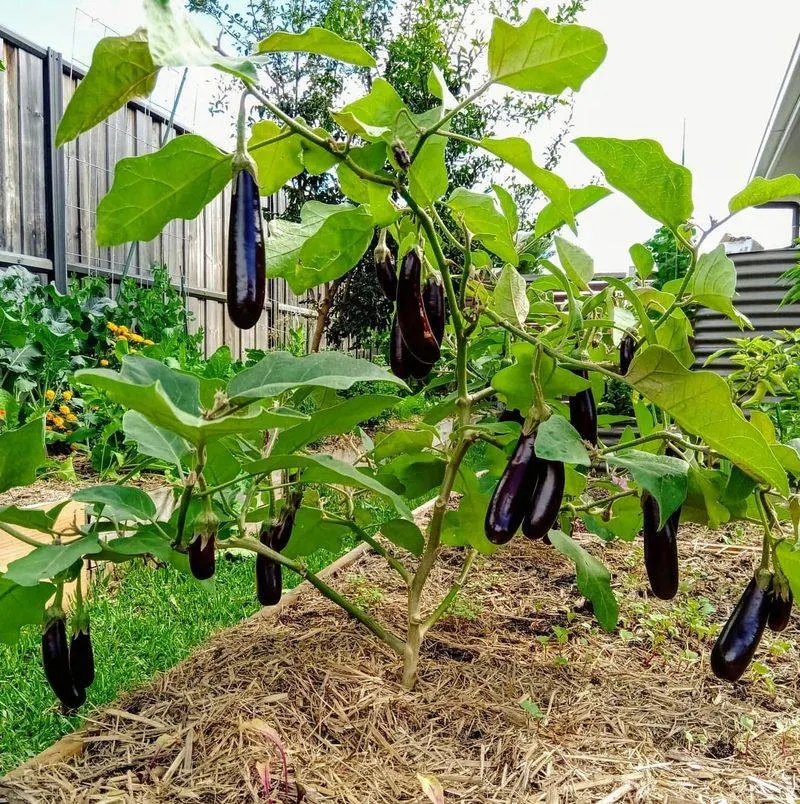
Though both tomatoes and eggplants belong to the nightshade family, they are not ideal companions. They attract similar pests, such as flea beetles, which can quickly spread between plants.
Both require substantial nutrients, leading to competition in the soil. This can result in weaker growth and reduced yields for both plants.
Planting them in separate areas of your garden helps minimize pest issues and ensures each plant receives adequate nutrients. Crop rotation also prevents soil depletion, promoting a healthier garden overall.

